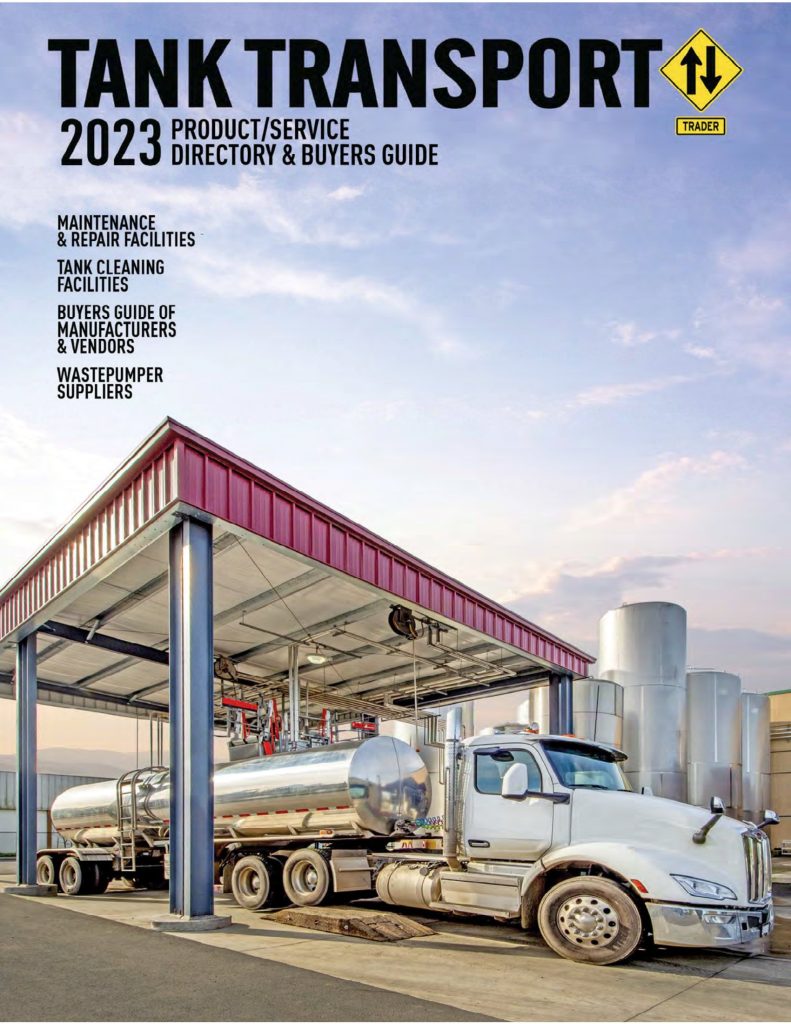The Unstoppable Trucking Industry Exodus

An astonishing number of trucking companies, precisely 31,278 within the first four months of this year, have either shut down or shifted their services to larger fleets.
Looking ahead, the big question on everyone’s mind is, “What’s next for the trucking industry?“ The answer lies in the balance of freight volume, spot rates, and diesel prices. “It appears that spot rates are bottoming out in the near term, and we will keep seeing lower diesel prices,’’ Vise commented. “If freight volume remains solid — and that’s our outlook — we could start to see failures moderate and new entries stay high. That would essentially leave in place that shift of capacity from large carriers to small carriers that we saw from around mid-2020 to early 2022.’’
“If freight volume remains solid — and that’s our outlook — we could start to see failures moderate and new entries stay high. That would essentially leave in place that shift of capacity from large carriers to small carriers that we saw from around mid-2020 to early 2022.’’
A Closer Look at the Numbers
An astonishing number of trucking companies, precisely 31,278 within the first four months of this year, have either shut down or shifted their services to larger fleets. Many are now company drivers, easing the driver shortage. The “Freight Spot Rates” drop and escalating fuel prices are forcing these changes.
Enjoying our insights?
Subscribe to our newsletter to keep up with the latest industry trends and developments.
Stay InformedFederal Data Insights

The FMCSA data highlights a disturbing trend: while the industry exodus is certainly in progress, it might take months to balance out the inflow of carriers that flooded the industry from July 2020 into the first quarter of 2022.
By observing “revocations” of operating authorities with the Federal Motor Carrier Safety Administration (FMCSA), we can understand the expansion and contraction of the fleet – a key indicator of the “Trucking Business Volatility” since the COVID-19 pandemic.
The Trucking Industry Exodus Continues
The FMCSA data highlights a disturbing trend: while the industry exodus is certainly in progress, it might take months to balance out the inflow of carriers that flooded the industry from July 2020 into the first quarter of 2022. Back then, spot rates were more favorable, and diesel was cheaper.
FTR Transportation Intelligence Analysis

According to the Owner-Operator Independent Drivers Association (OOIDA), there are currently too many trucks for the amount of freight in the market.
Avery Vise, Vice President of trucking at FTR Transportation Intelligence, sheds light on this mass departure. According to Vise, 24,806 of the 31,000+ fleets that surrendered their operating authorities from January to April this year were one-truck outfits. This means 79 percent of these losses were borne by owner-operators who, attracted by better times two years ago, are now fleeing due to falling spot rates and rising fuel costs.
Too Many Trucks, Not Enough Freight
According to the Owner-Operator Independent Drivers Association (OOIDA), there are currently too many trucks for the amount of freight in the market. They expect more owner-operators to lease their trucks onto other carriers until the freight cycle shifts upward again rather than operate under their own authorities.
The Exodus Impact on Large Fleets
The exodus is not just affecting owner-operators and small fleets. Vise observed that 42 carriers with 100 tractors or more lost or gave up their operating authorities in the first four months of 2023, a significant increase from seven during the same period to start 2022. Vise believes that this trend is a clear indication of degraded freight market conditions.
What’s Next for the Trucking Industry?

As the freight market conditions continue to fluctuate and fuel prices remain high, small fleets and owner-operators may continue to face significant challenges.
According to Vise, the future of the trucking industry will depend largely on spot rates and diesel prices. If freight volume remains solid, we could start to see failures moderate and new entries stay high. This would essentially continue the shift of capacity from large carriers to smaller ones that we saw from mid-2020 to early 2022.
All in all, the current state of the “Trucking Industry Exodus” indicates a challenging year ahead. As the freight market conditions continue to fluctuate and fuel prices remain high, small fleets and owner-operators may continue to face significant challenges.
The Impact on the Economy
The ramifications of this “Trucking Industry Exodus” extend beyond the industry itself. Trucking plays a crucial role in the broader economy, transporting goods across the country and supporting various sectors, from manufacturing to retail. As such, the challenges faced by small fleets and owner-operators have ripple effects that could impact consumer prices and the availability of goods.
In conclusion, the current state of the trucking industry paints a picture of a sector in flux. With freight market conditions continuing to fluctuate and fuel prices remaining high, small fleets and owner-operators are navigating a challenging landscape. However, industry players and observers alike are keeping a keen eye on the horizon, hopeful that the tide will turn in favor of the industry’s recovery and growth.
7 Key Developments in the Trucking Industry Exodus
- The trucking industry’s future is dependent on the balance of freight volume, spot rates, and diesel prices. If the freight volume remains robust, the industry might see a moderation in failures and a high number of new entries.
- There has been a noticeable shift of capacity from large carriers to smaller ones, a trend that began around mid-2020 and lasted until early 2022.
- Within the first four months of 2023, an astonishing 31,278 trucking companies either shut down or shifted their services to larger fleets due to falling freight spot rates and rising fuel costs.
- Federal Motor Carrier Safety Administration (FMCSA) data revealed the ongoing exodus in the industry, with the inflow of carriers from July 2020 to the first quarter of 2022 contributing to this trend.
- Out of the 31,000+ fleets that surrendered their operating authorities from January to April, 24,806 were one-truck outfits, indicating that 79 percent of these losses were borne by owner-operators.
- The Owner-Operator Independent Drivers Association (OOIDA) reported an oversupply of trucks relative to the amount of freight in the market, suggesting more owner-operators might lease their trucks to other carriers until the freight cycle improves.
- The trucking industry exodus has broader economic implications, as it can potentially impact consumer prices and the availability of goods due to the critical role trucking plays in transporting goods across the country.
Explore More on Related Topics:
- Concerns are rising that if freight rates do not bounce back soon, the trucking industry could face severe difficulties. Learn more about these concerns in our article here.
- As the FMCSA works to modernize and streamline the SMS, carriers and drivers should prepare for potential changes to safety assessments and be ready to adapt their operations accordingly for more on this click here.
- The Truck Speed Limiter Rule, or the DRIVE Act, is sparking intense debate in the trucking industry. Delve deeper into this debate by reading our article here.
- A recent survey by the Owner-Operator Independent Drivers Association (OOIDA) reveals that 54% of owner-operators have a negative outlook for 2023 due to various challenges. Discover more in our article here.
- A benchmarking survey by Fleet Advantage shows a significant increase in the adoption of alternate fuels among corporate fleets, particularly battery electric trucks. Explore these alternate fuel trends further in our article here.
Venture into Official Industry Sites:
- OOIDA (Owner Operator Independent Drivers Association): Stay informed about the latest news and updates affecting professional truckers, go here.
- FMCSA (Federal Motor Carrier Safety Administration): Stay updated on the latest regulatory changes in the trucking industry, go here.
- The American Trucking Association (ATA) serves and represents the interests of the trucking industry. Learn more about their work and resourceFreight Volume and Spot Rates Balance in Truckings here.




















